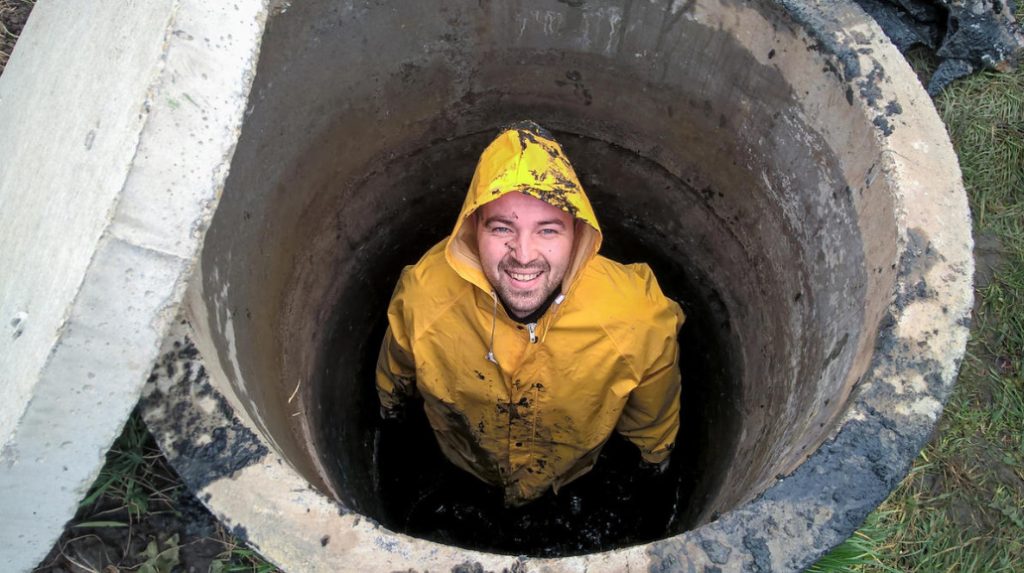How to choose a treatment plant for a private home
It’s time to move on to the most important thing — the choice of treatment facilities. Manufacturers of aeration local treatment facilities with one voice claim that septic tanks are the last century and “the first generation of local treatment facilities”. Like all manufacturers, they are a little deceitful. Treatment plants with aeration do not contain any super-space nanotechnologies.
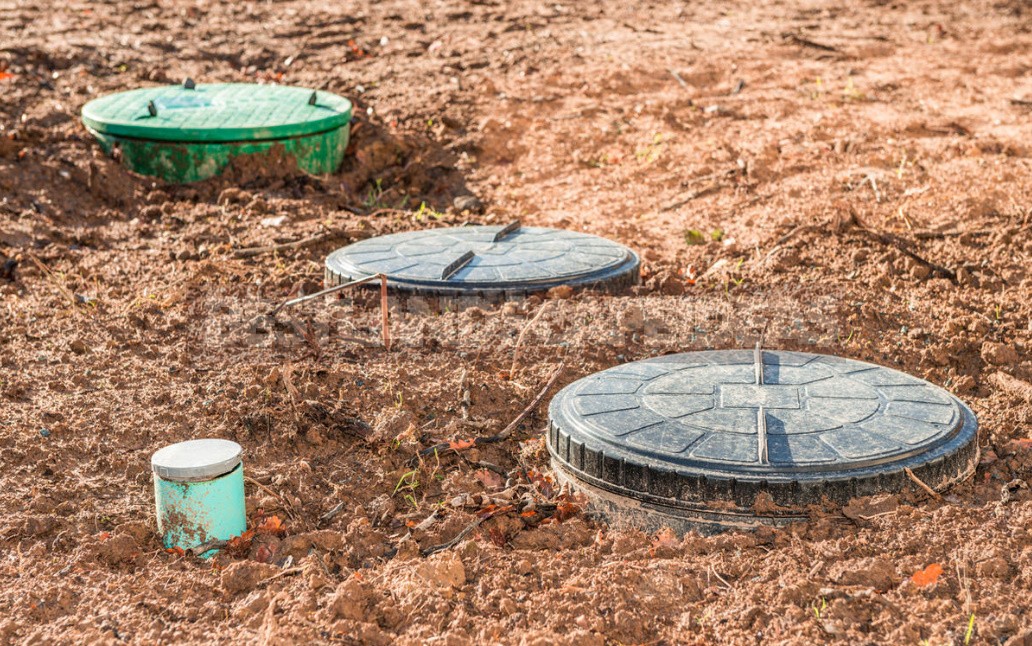
As already mentioned above, the methods of wastewater treatment in both types of structures (both with anaerobic and aerobic microorganisms) are identical to natural ones. In septic tanks, processes that occur in the depth of the soil are imitated; in aerotanks, those that occur in the surface layers of the soil and reservoirs.
Filtration of waste water using activated sludge (the cleaning component of the aeration tank) was developed in 1913. Modern manufacturers have simply come up with a way to make local treatment facilities with aeration more compact.
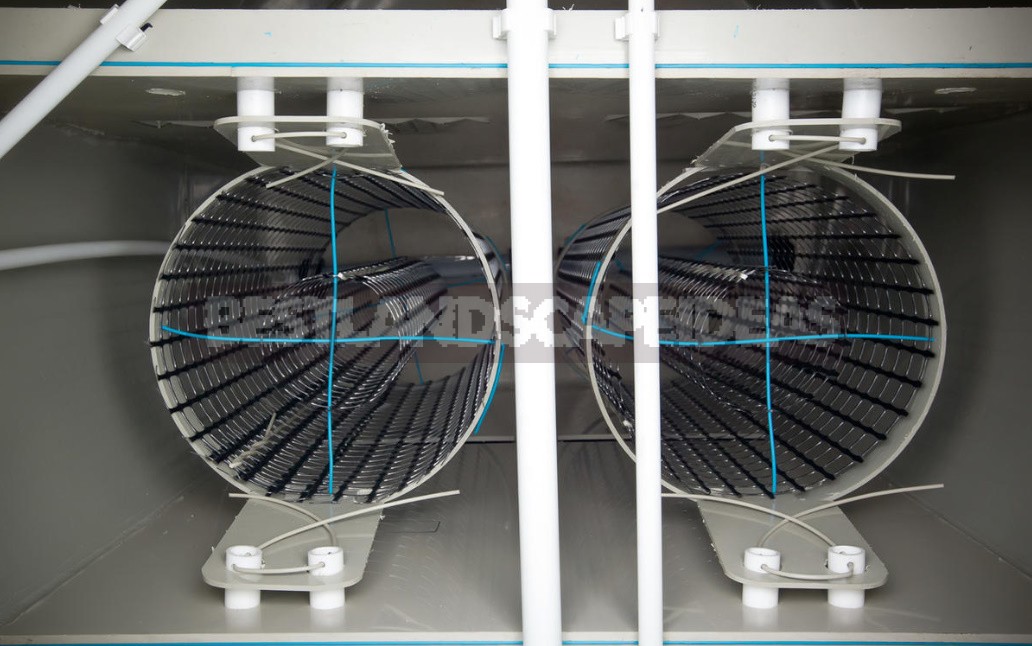
They also say that stations with aeration and deep biological treatment are much better at cleaning drains than septic tanks. This is not true, if we do not forget that the septic tank is only part of the treatment facilities. If it is correctly installed (with a device for additional treatment of wastewater in the soil), the degree of final cleaning does not differ from aeration local treatment facilities, because the soil filter after the septic tank passes the same processes as in the aeration tank and biofilter.
Both types of treatment facilities have their pros and cons, rather related to the conditions of use on a particular site. For high-quality wastewater treatment, it is important not to choose between a septic tank and an aeration tank, but to correctly design and install the equipment.
The effectiveness of local treatment facilities can also be improved by using bio-accelerators containing a complex of microorganisms that improve the quality of wastewater treatment, accelerate this process, and reduce the level of unpleasant odors.
Pros and cons, what to pay attention to
If we take into account that the degree of wastewater treatment in treatment systems with a septic tank, and in devices with aeration (provided that all installation requirements are met) fully meets sanitary standards, then we will evaluate only objective parameters.
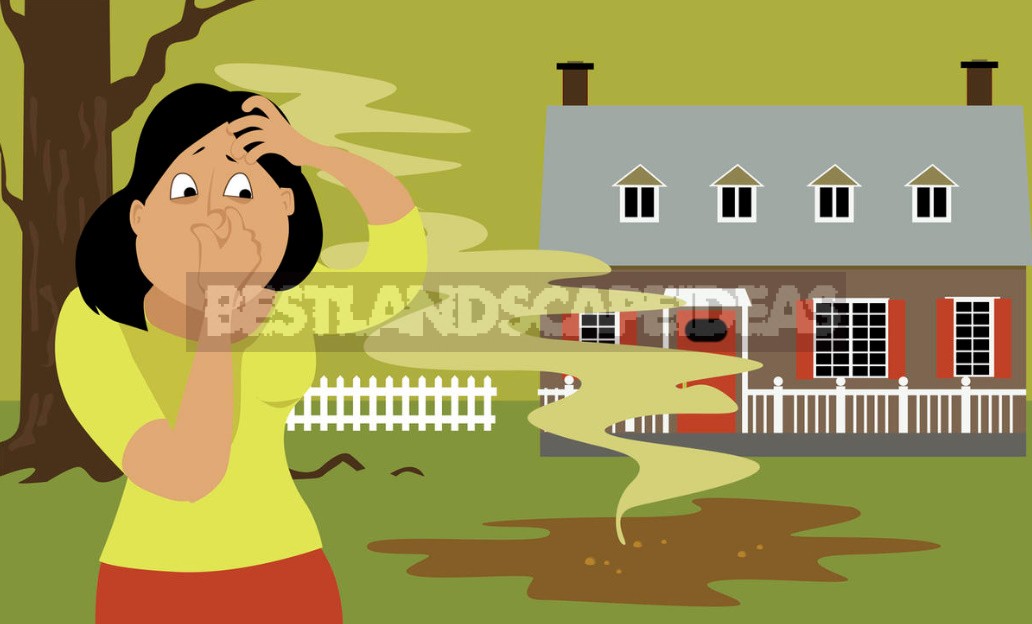
Waste disposal
In addition to wastewater treatment, you need to take care of the issue of their disposal. After all, even if aerotanks remove 98% of pollution, cubic meters of water — even if it is clean-need to be put somewhere. When using septic tanks, the utilization of treated water (that is, its return back to natural conditions) occurs simultaneously with the process of post — treatment in the soil-on filtration fields or in other drainage and filtration facilities.
Aeration treatment plants do not require a filtration field for additional wastewater treatment. However, the question of where to put the purified water, the owners of aeration tanks remains. Therefore, such treatment plants are also equipped with a drainage system at the outlet (wells, trenches, or a filtration field), if it is not possible to direct water to the natural pool. By the way, in order to discharge waste water that has been treated into a natural reservoir, treatment facilities must be equipped with a biofilter.

In other words, the first thing that affects the choice of local treatment facilities is where you can direct your wastewater after treatment. You need to take into account the amount of runoff, the area of the site, the composition of the soil (more precisely, its moisture capacity) and the level of groundwater. Well, the presence of a reservoir or storm sewer within walking distance from the place of installation of treatment plants.
How many liters of waste water will your home produce? Usually a rough calculation is based on the fact that 1 person who lives permanently in the house consumes about 150 liters of water per day. For proper operation of the septic tank, its volume must be at least 2.5 times higher than the daily discharge. That is, if you have 3 people in your family, the capacity of the septic tank should be at least 1200 liters. And this is without taking into account the guests who arrived — or their own sudden needs to increase water consumption.
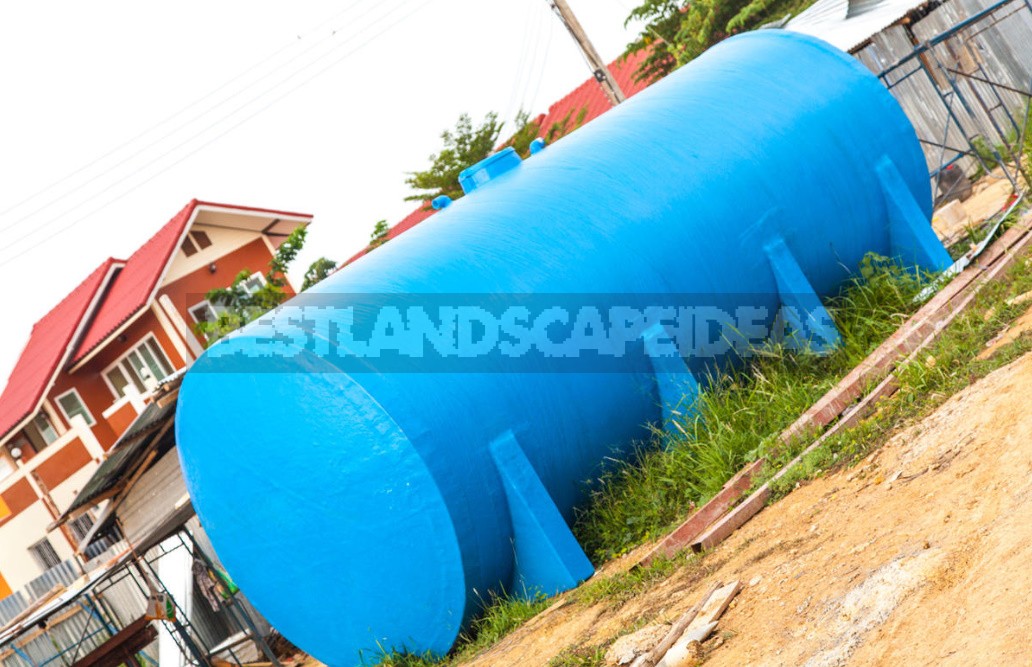
The seasonality of the usage, or Proper installation
In advertising materials, some cleaning systems are often called year — round, while others are called seasonal. In fact, both anaerobic and aeration facilities are suitable for use in both winter and summer. The main thing is whether they are installed correctly.
For reliable operation of septic tanks and aeration tanks, first of all, it is necessary to exclude freezing of the drainage system: water must seep into the soil. And secondly, you can not allow freezing and the capacity of the treatment plant: in addition to the danger of turning into a block of ice liquid content, you need to keep in mind that microorganisms stop functioning at temperatures that tend to 0°C.
Therefore, both the cleaning device itself and the subsequent filtration and drainage system must be located below the freezing depth.
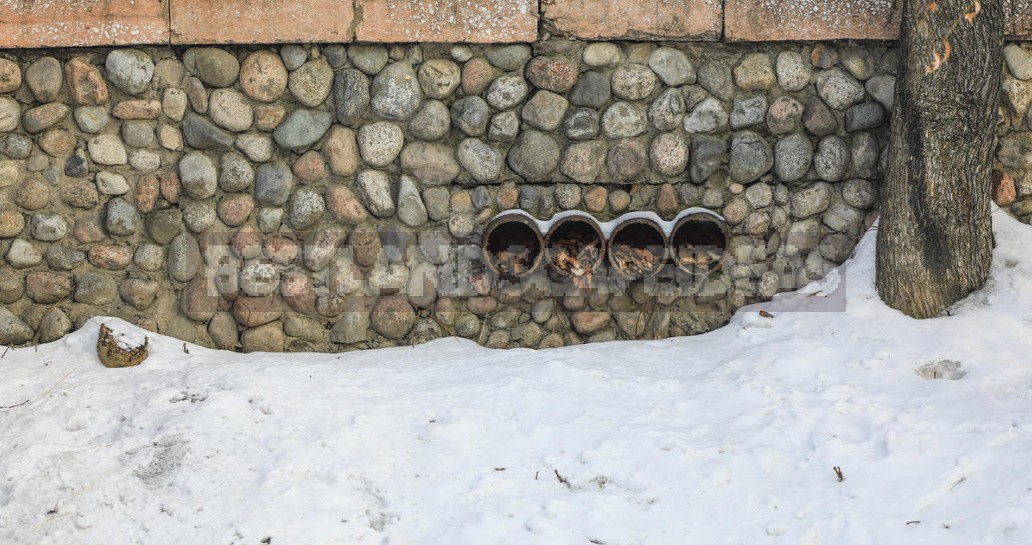
At the end of winter, at the very beginning of the summer season, a bio-accelerator can be introduced in local treatment facilities, which activates microbiological processes for more effective treatment of sewage.
Energy dependence
The most important difference between a septic tank and an aerotank is the latter’s energy dependence. The compressor and pumps require electricity to operate. Interruptions in the supply of energy, even for a short period of time, are fraught with stopping the system and the death of the entire colony of microorganisms. There are no electrical appliances in septic tanks. Therefore, if there are power outages, you either need to choose a non-volatile device, or arrange an Autonomous power supply.

Periodic maintenance
Any device requires periodic maintenance. Both the septic tank and the aeration tank chambers accumulate sediment that must be cleaned. Aeration plants require more frequent intervention of service personnel — to remove spent activated sludge, monitor the operation of equipment. There is nothing to break in the septic tank, so it only needs to be cleaned no more than once a year or two. But you can do this even less often if you periodically add a special bio-accelerator to the waste water. Thanks to the work of such a preparation, microbiological processes are activated in the septic tank, and very little insoluble sediment is formed.
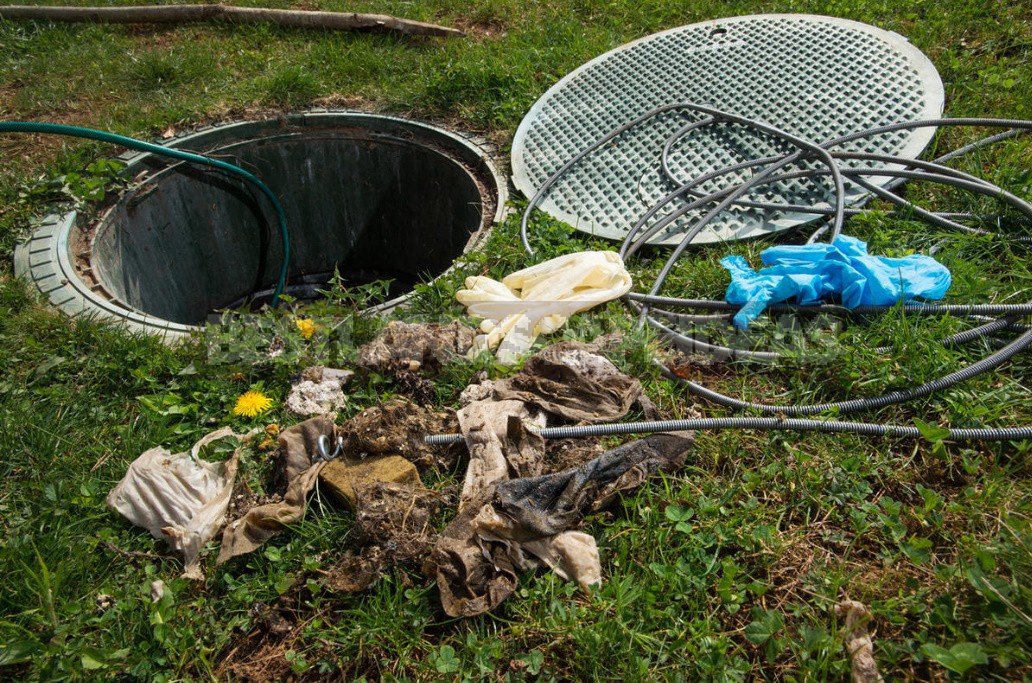
Sanitary code
The choice of a wastewater treatment system is also influenced by legislation. Regulations prescribe sanitary protection zones between residential buildings and treatment facilities. Therefore, before you buy an Autonomous sewer, you need to determine the location of its location, taking into account the design and tolerances. So, according to sanitary standards, the distance from the septic tank to the residential building should be at least 5 m, and from the aeration treatment plant-ten times more.
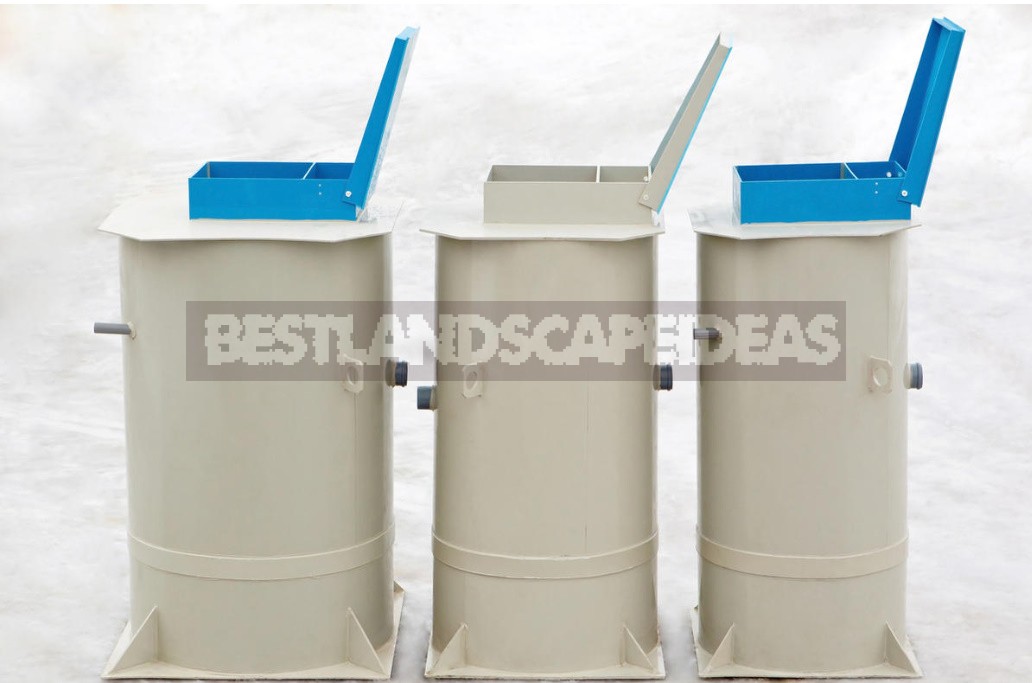
If you think about everything in advance and make a competent project of Autonomous Sewerage of a private house, then country life will not yield to the level of comfort of a city with a warm water closet and a bathroom. And environmental protection agencies will not get an extra headache from untreated sewage.
